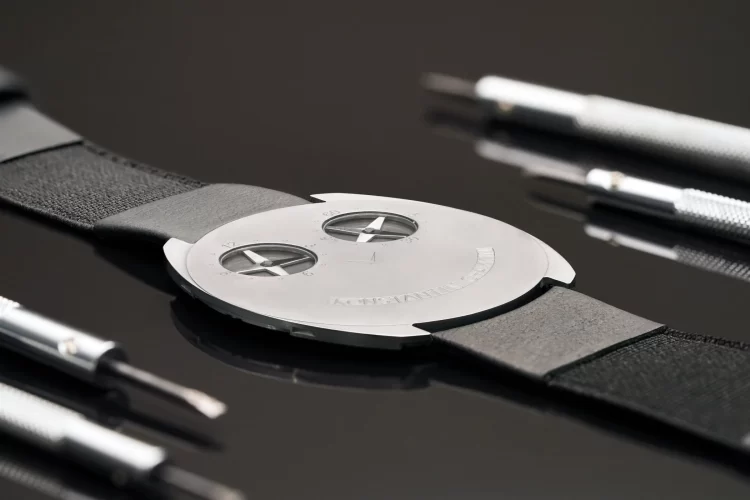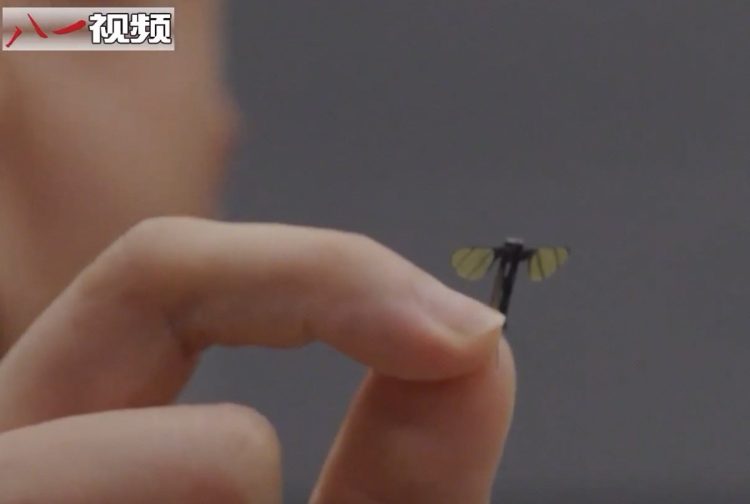The ThinKing by Russian watchmaker Konstantin Chaykin is only 1.65 mm thick, making it the world’s thinnest mechanical wristwatch.
The “arms race” for the world’s thinnest wristwatch has been in full swing for a few years now, with some of the most prestigious watch brands on Earth trying to one-up each other with ingenious designs. The latest to claim the coveted title is independent watchmaker Konstantin Chaykin with its ThinKing prototype, a 1.65-thick masterpiece that is so incredibly thin it needs a special wristband. The ThinKing’s case is so delicate that the simple pressure from being worn is enough to damage it, so the special strap made of alligator leather and elastic inserts with titanium has to absorb some of the shocks, twisting and bending.
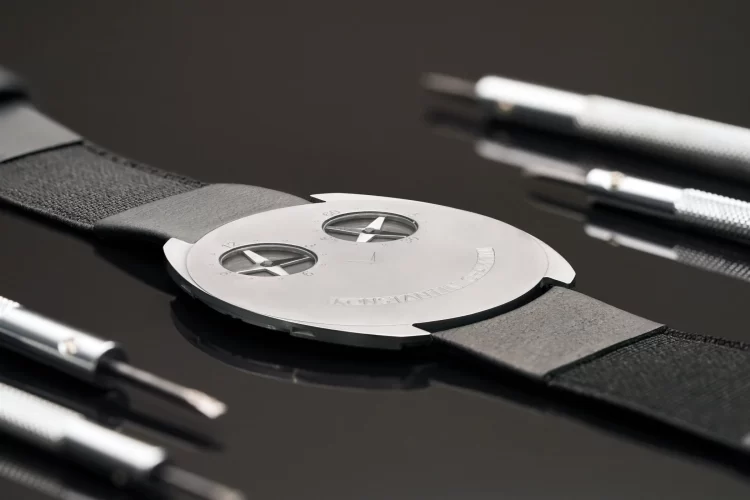
The new world’s thinnest wristwatch features numerous technical innovations, including an ultra-thin winding barrel and a double-balance wheel system, which drastically decrease its thickness and bring down its weight to a mere 13.3 grams. At just 1.65 millimeters, the ThinKIng is 0.5mm thinner than the previous record holder and even thinner than an American nickel.
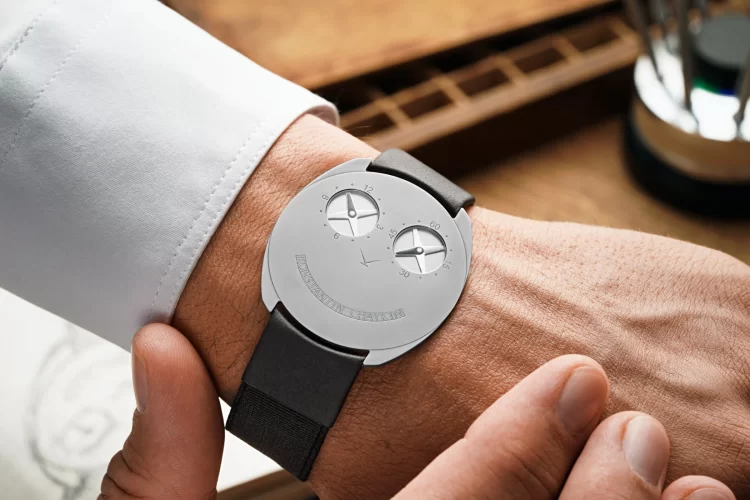
To break the world record Konstantin Chaykin needed to incorporate some radical ideas into his ingenious design, such as eliminating the classic crown, instead displaying the hours and minutes through two separate windows. Despite its fragility compared to conventional wristwatches, the ThinKing is made out of a special type of stainless steel designed to handle the stress of being worn on a daily basis.
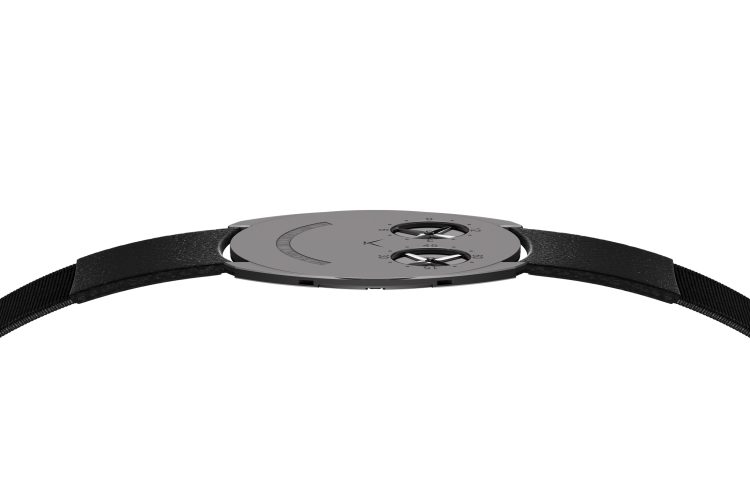
Interstingly, ultra-thin watches like the ThinKing are incredibly expensive and labor-intensive to design and produce. They require expensive materials, perfectly machined parts, and many hours of work. Wearing them is no simple business either, as their thinness makes them prone to damage, so extreme care has to be taken when sporting one on your wrist.
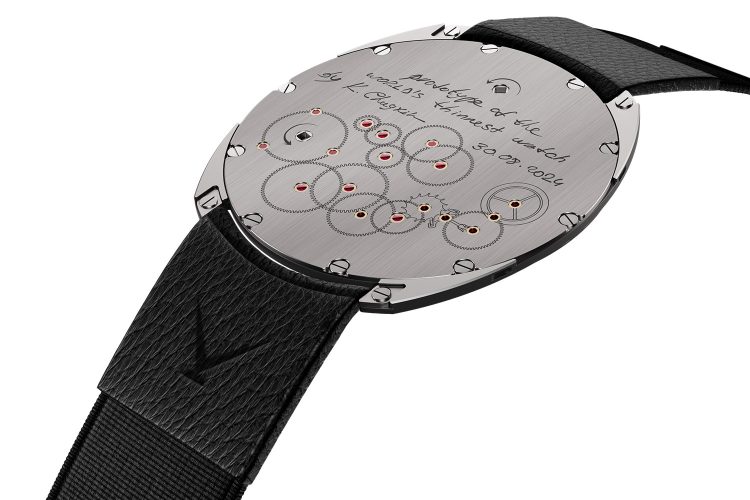
Compared to classic timepieces, thin wristwatches like the ThinKing aren’t very popular with collectors either, so why do so many reputable watchmakers continue to produce them? Well, they do it mainly in the spirit of competition, but also for the betterment of watch-making in general. Some of the breakthrough designs used in prototypes like the ThinKing end up inspiring entire design philosophies for conventional timepieces.

